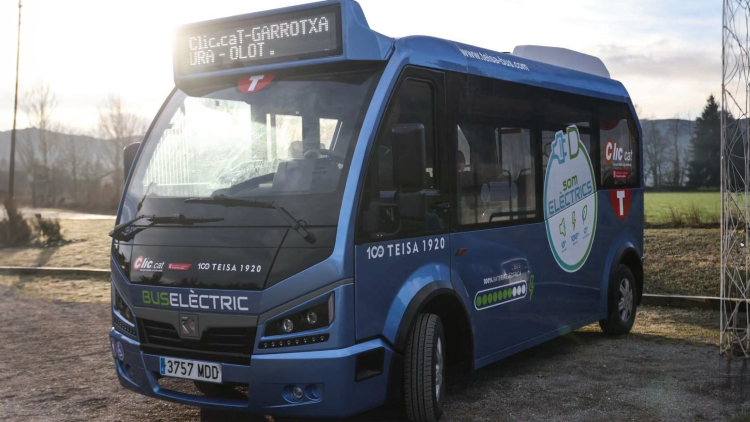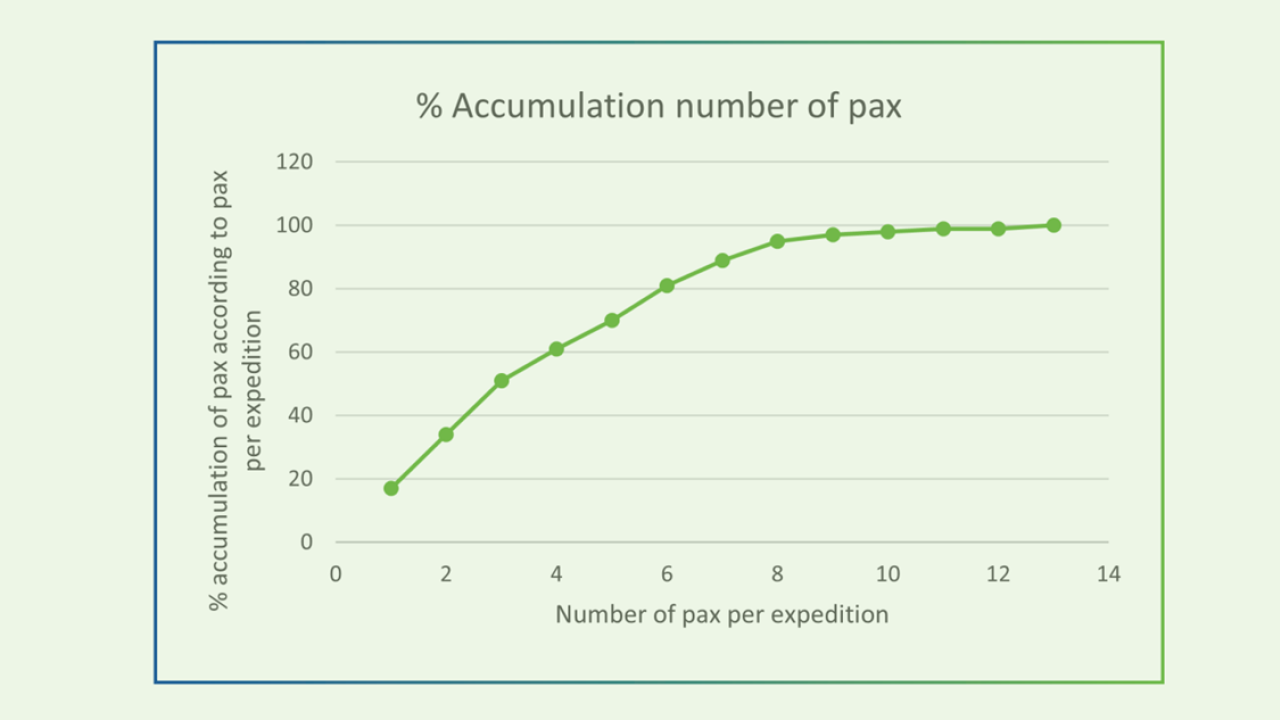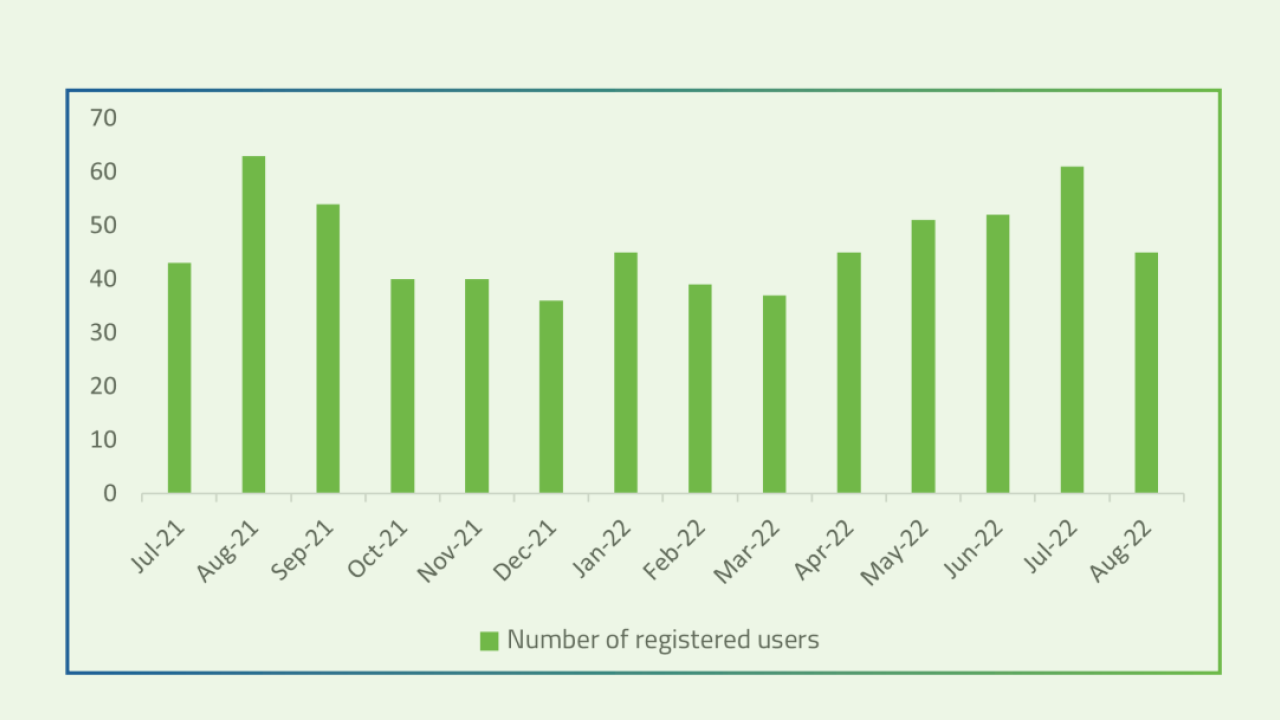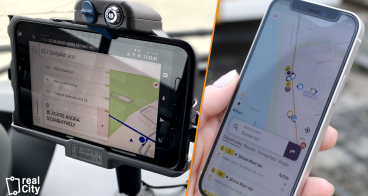Girona: Mobilising former transport deserts

The Challenge
The region of Garrotxa has a total population of 59,000 spread over a remote area of 735 sq.km making for a sparsely populated area with an average density of 70 inhabitants per sq.km. Specifically, the municipality of Vall d’en Bas has a population of 3115 spread over a remote area of 90,7 sq.km giving an average density of just 33 inhabitants per sq.km. The desired solution should facilitate creating a flexible bus line connecting villages in the Vall d’en Bas where there exists no bus service, to the region’s urban core of Olot with a population of 36.000.
The Solution
In July 2021 the transport on demand system (TAD) Clic.cat was put into operation in Vall d’en Bas in the Garrotxa region in the province of Girona, north-eastern Spain. Clic.cat is a public transport service of the Generalitat de Catalunya using nemi’s technology as an on-demand transport platform.
Nemi is a software solution that enables the operation of on demand transport services through a user app, a driver app, a web back-office, and a route optimization algorithm. The available options are shaped by the fixed stops and schedule previously defined by the public transport operator and the competent public authority. For each defined expedition time slot, the requests from users are collected and processed either from the mobile application or the web back-office reservation tool (telephone reservations), for the routing algorithm to then go through all the options and compute the most optimal itinerary for the expedition. Reservations can be made through the nemi application (TAD-TEISA) no later than 15 minutes before the scheduled departure time of the first stop of the corresponding line. The customer receives confirmation of the exact pick-up time, and has real-time information on the position of the vehicle. Reservations can also be made by telephone from Monday to Friday (8:00 am - 8:00 pm). The service runs hourly departures from 7am until 8pm.

Making an impact
6,500+ passengers used the on-demand bus line from the launch of the service peaking at a daily number of passengers of 26.
Over 3000 residents gaining access to a PT hub with connections to employment and education and essential regional centre services (fresh food, health care and leisure), it is notable that:
- The average length of the optimised route is 20kms compared to the 45kms of a conventional fixed line regular service. This means ca. 50% saving on emissions and fuel.
- Only 85% of the expeditions are undertaken, with the bus only leaving the depot if there is at least one reservation.
- Half of all expeditions have three or more than three passengers aboard.
- The entire fleet is electric.
- The route connects 25 villages.
- 6 daily departures.

Lessons learnt
Passenger numbers are centred on two peak travel time slots: from 8am until 10am in the morning and from 5pm until 7pm in the evening, collectively making up more than 50% of demand. The service in the Garrotxa has now been extended to include weekends from July 2022 and will be later assessed in terms of usage and whether to include the weekend service permanently.
It is also interesting to note that 80% of reservations are made by the mobile application and just 20% by telephone, adding to the increased efficiency of the solution. The number of registered users reflects an element of seasonality of the service being more users registered with nemi during the spring and summer months than the autumn and winter months.












